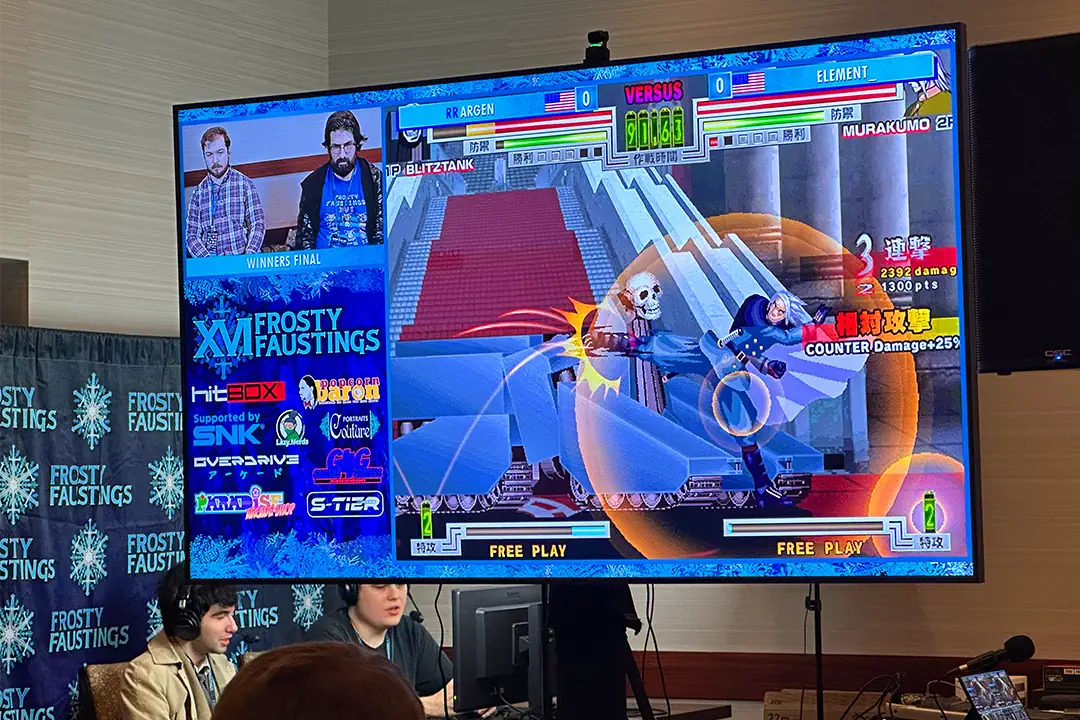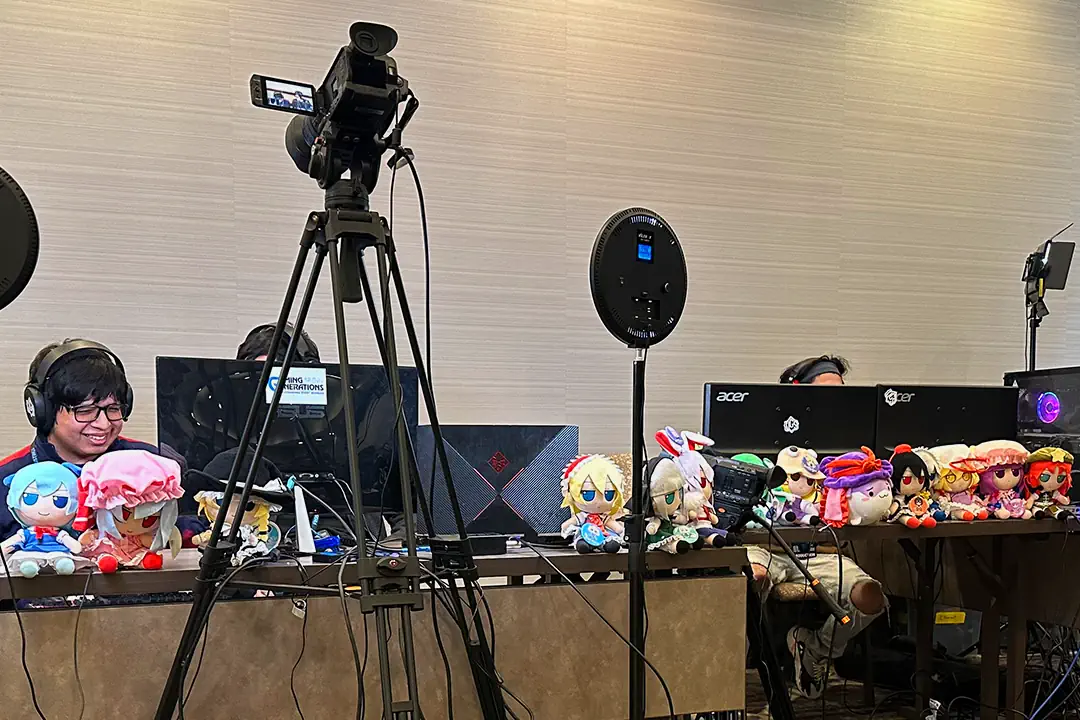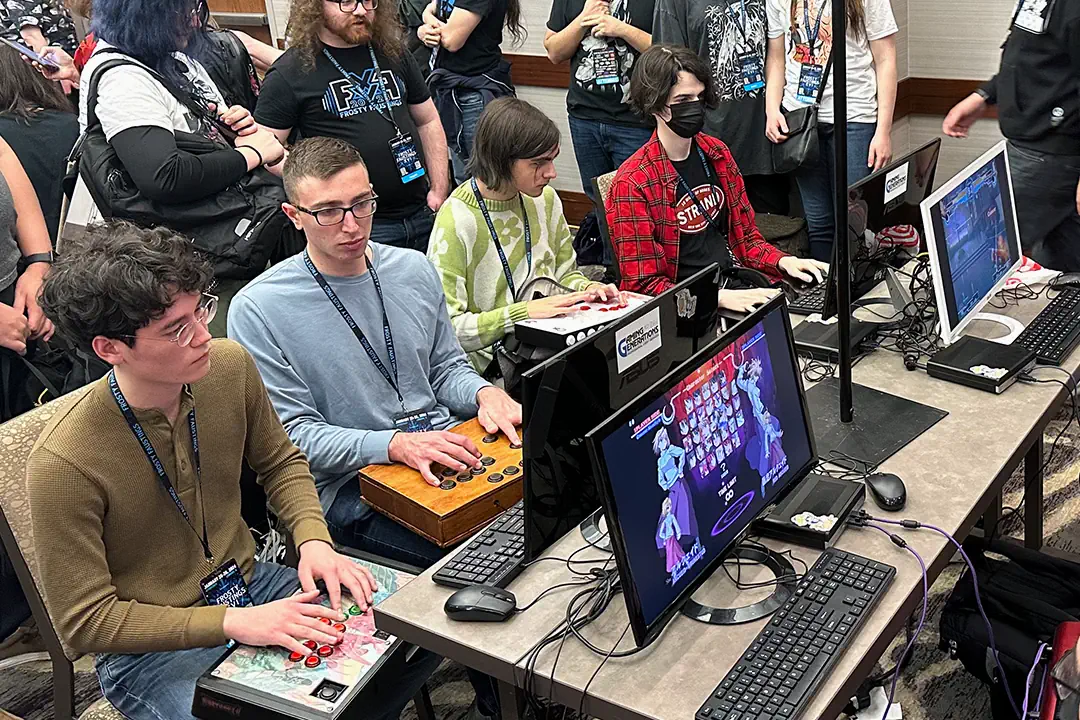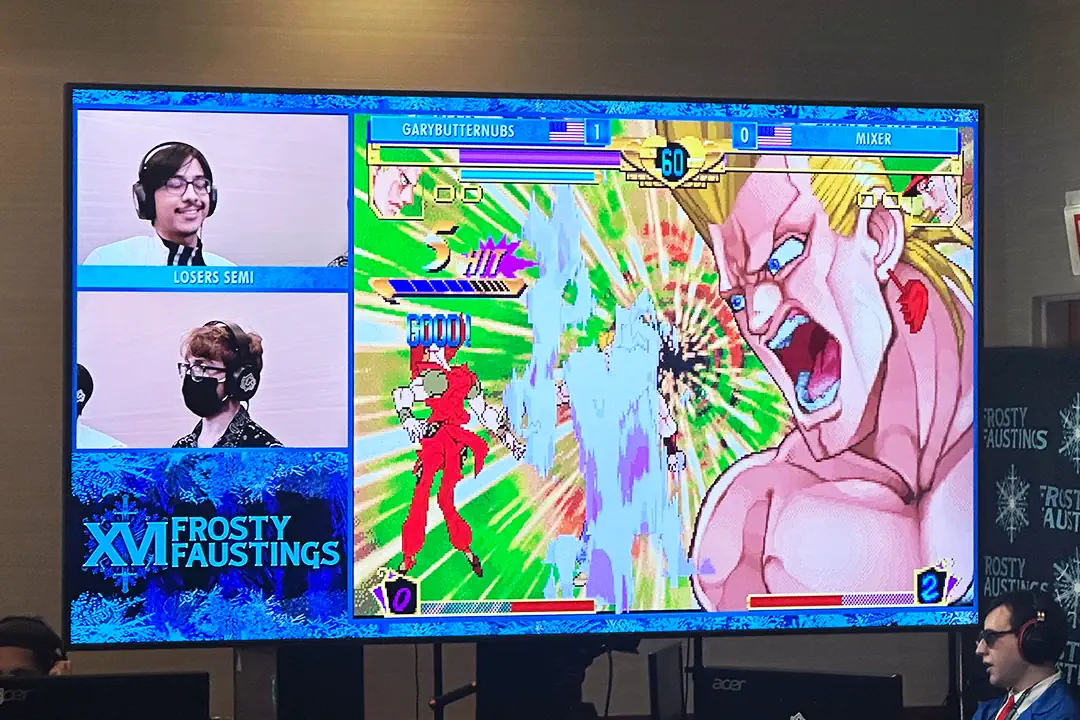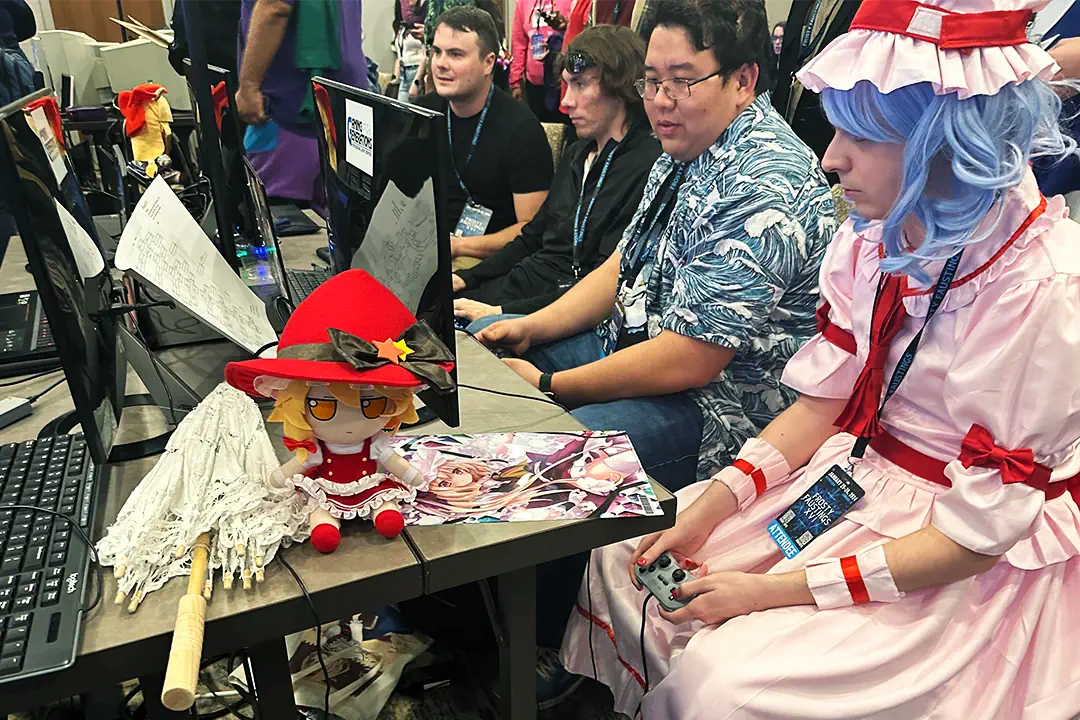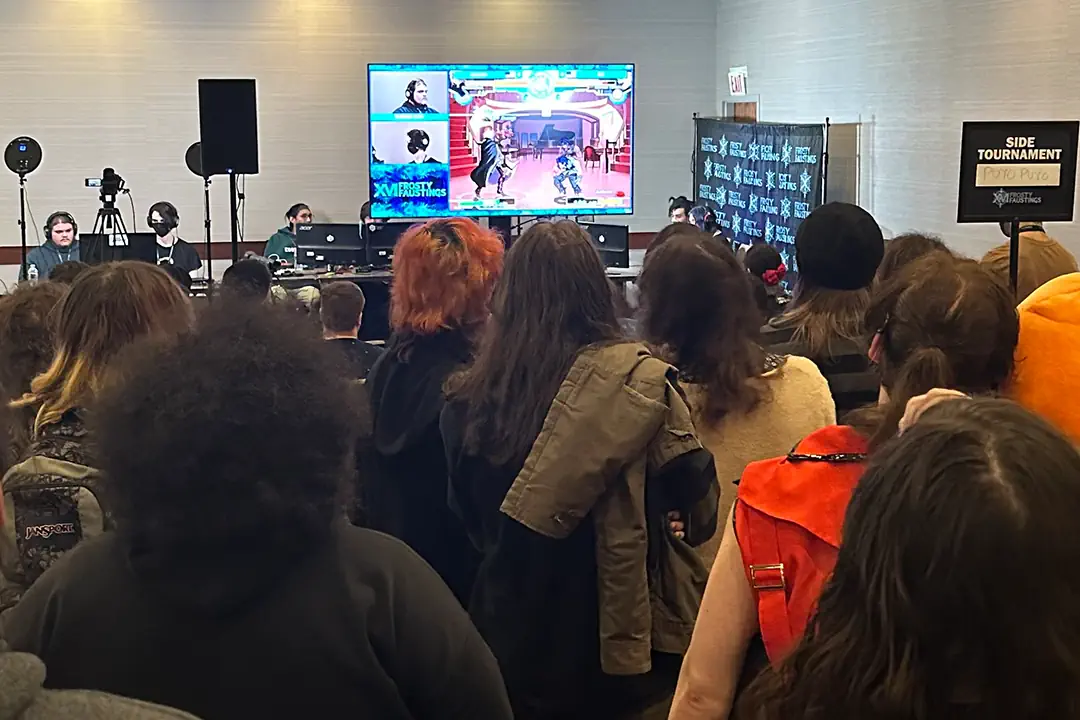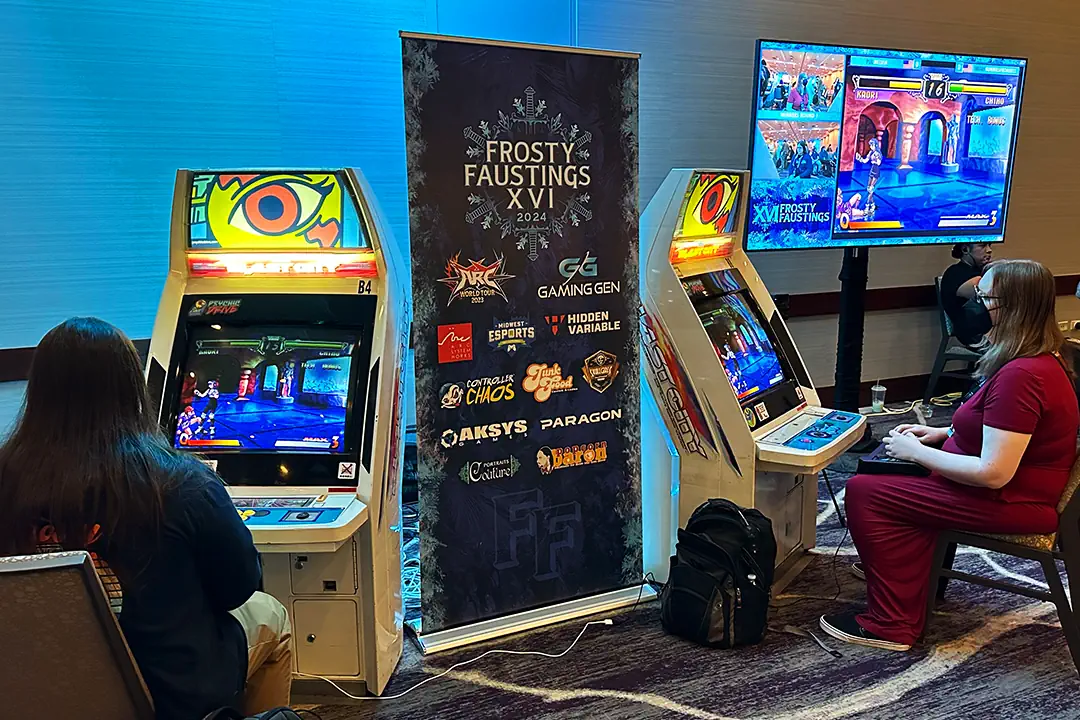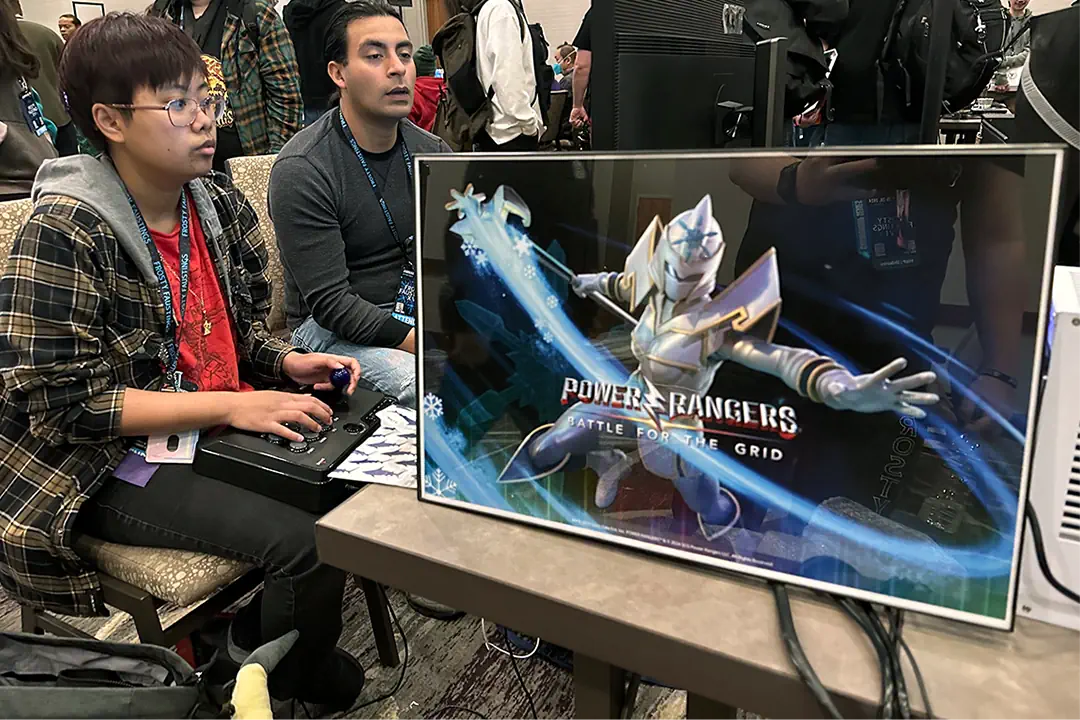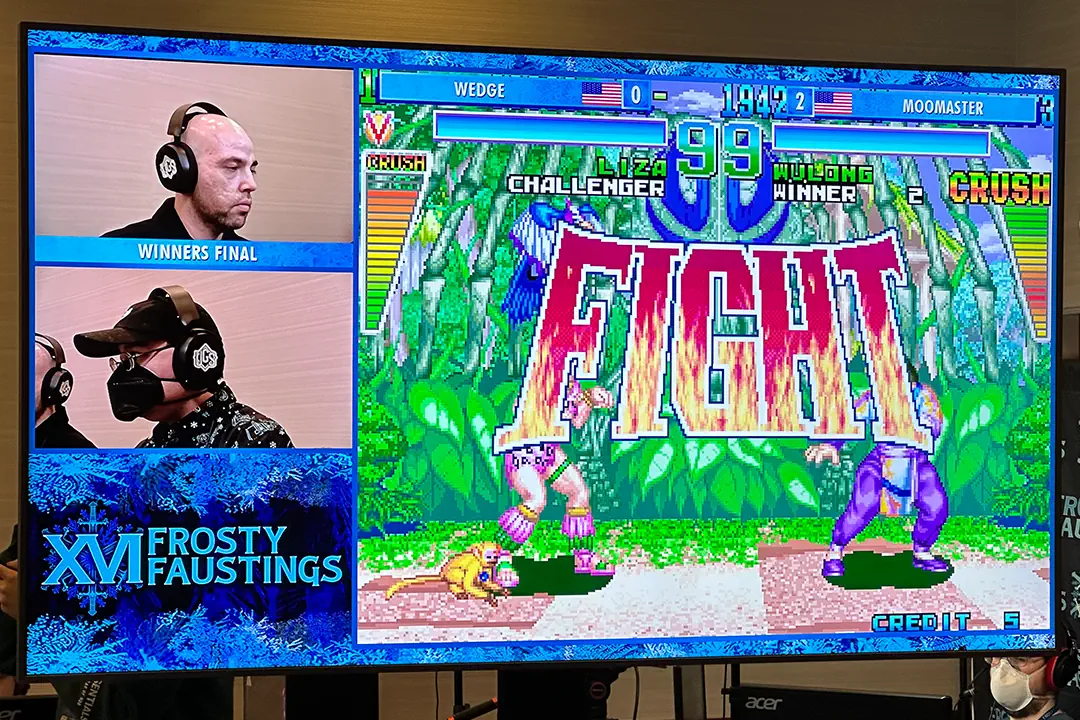

The Community Tournaments at FFXVII


The Community Tournaments at FFXVII
Join us The Westin in Lombard to host the largest community tournament in the FGC once again at Frosty Faustings XVII!
From January 23-26 in 2025, 956 Productions partners with our friends at Frosty Faustings to bring you Vortex Gallery as the official community tournaments of FFXVII.
The community tournaments are run by dedicated and passionate fighting game fans like you, bringing your favorite titles to the big stage for heated global competition in the heart of the midwest. Assemble your squad and apply today!
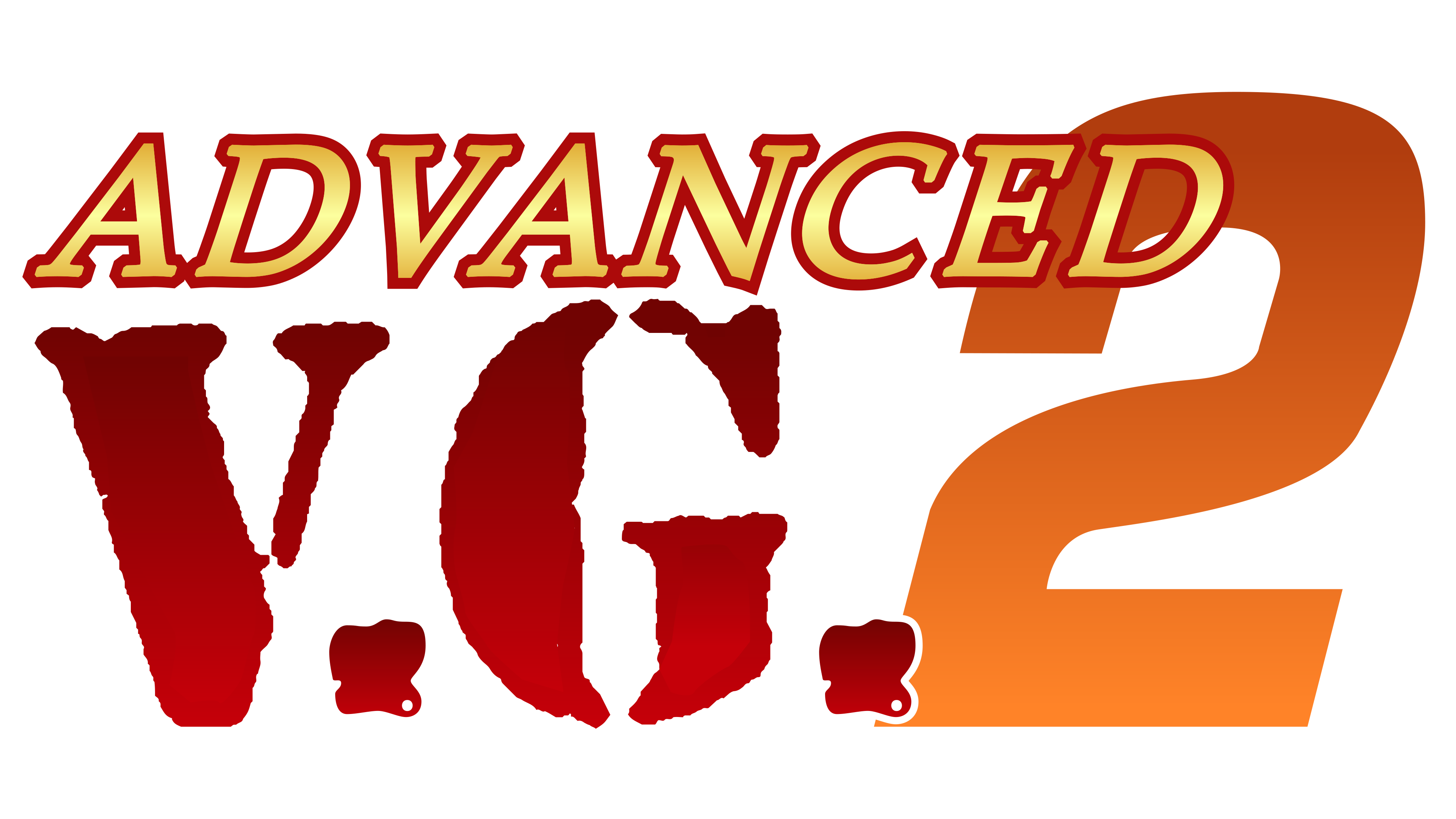
Advanced V.G. 2

Akatsuki Blitzkampf Ausf. Achse

Aquapazza

Asuka 120% LimitOver Burning Fest.
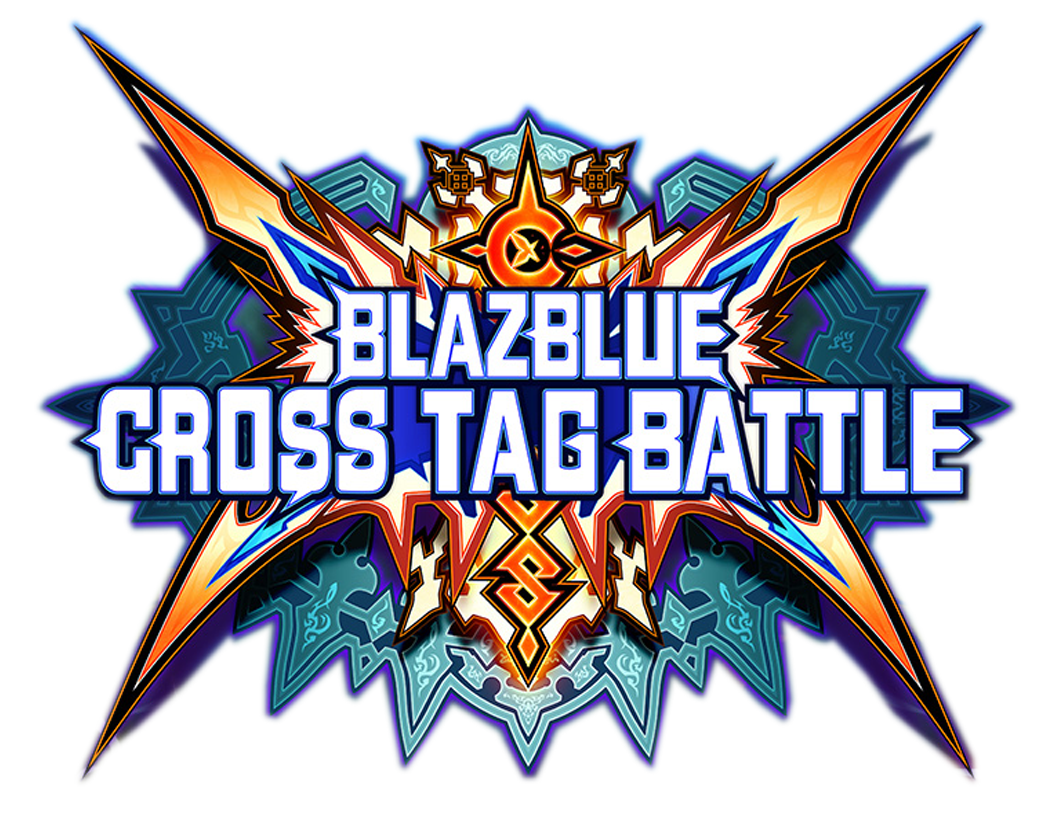
Blazblue Cross Tag Battle
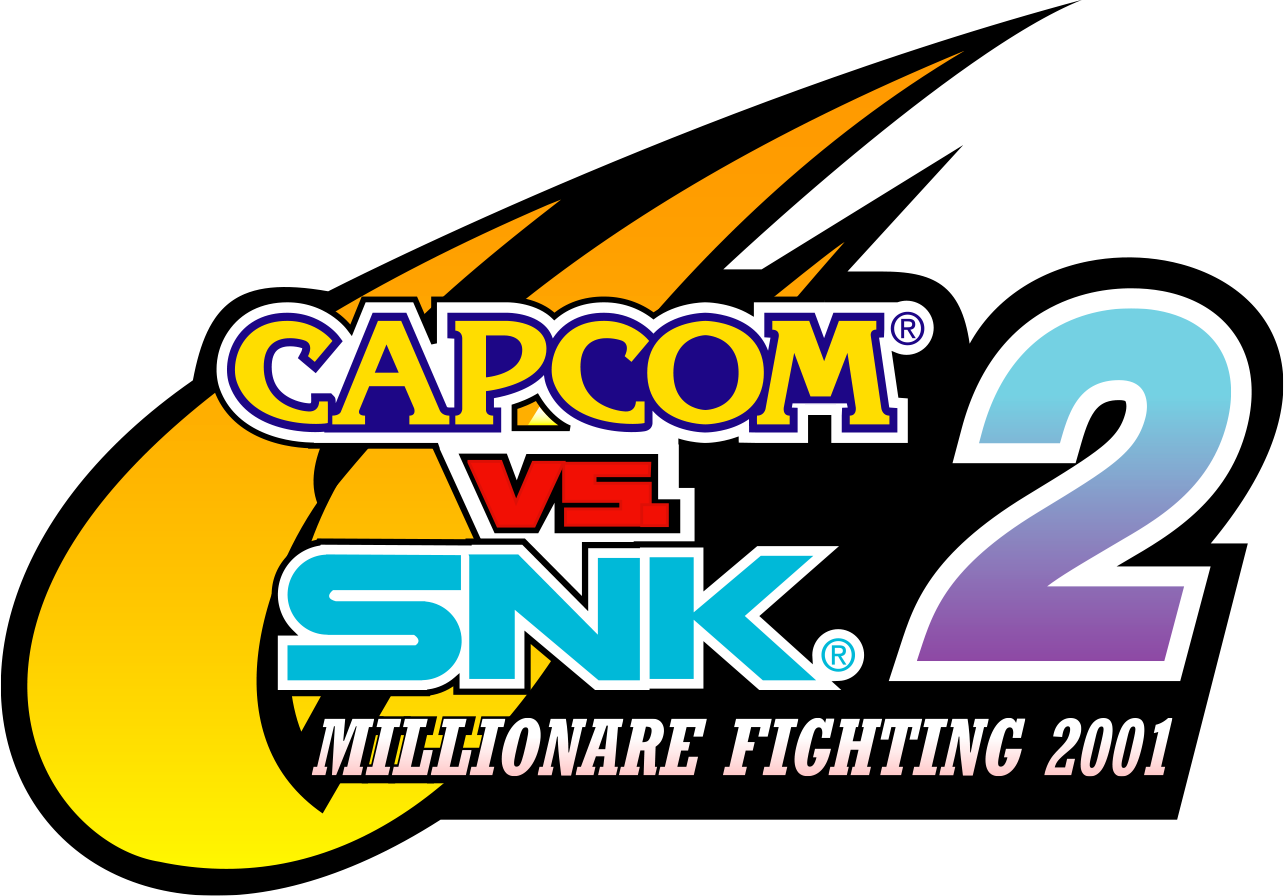
Capcom vs. SNK 2
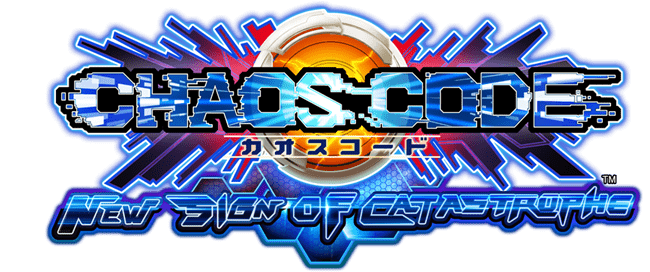
Chaos Code: New Sign of Catastrophe
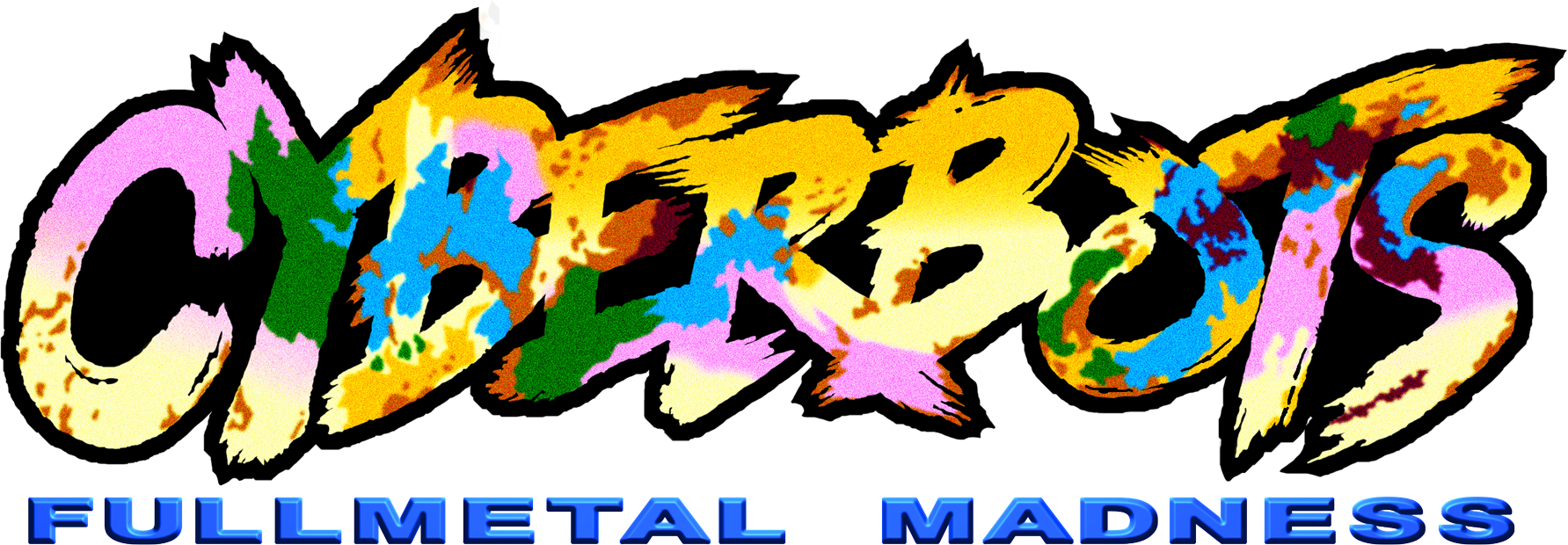
Cyberbots: Fullmetal Madness

Dead Or Alive 6
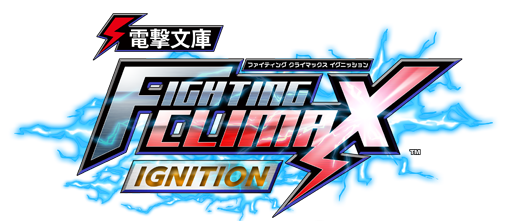
Dengeki Bunko Fighting Climax Ignition
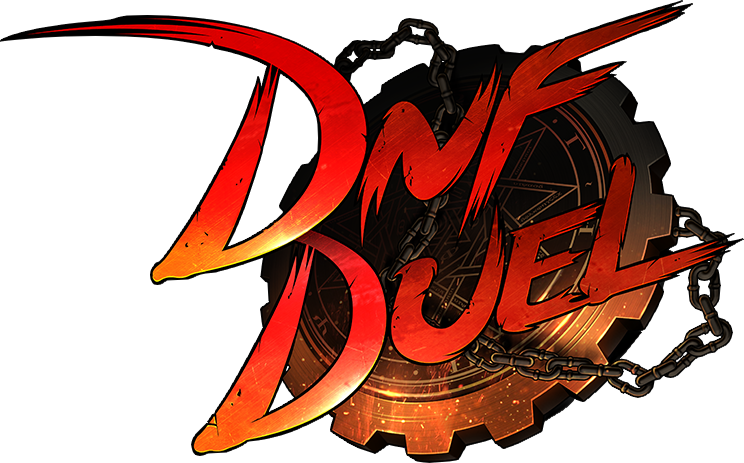
DNF Duel
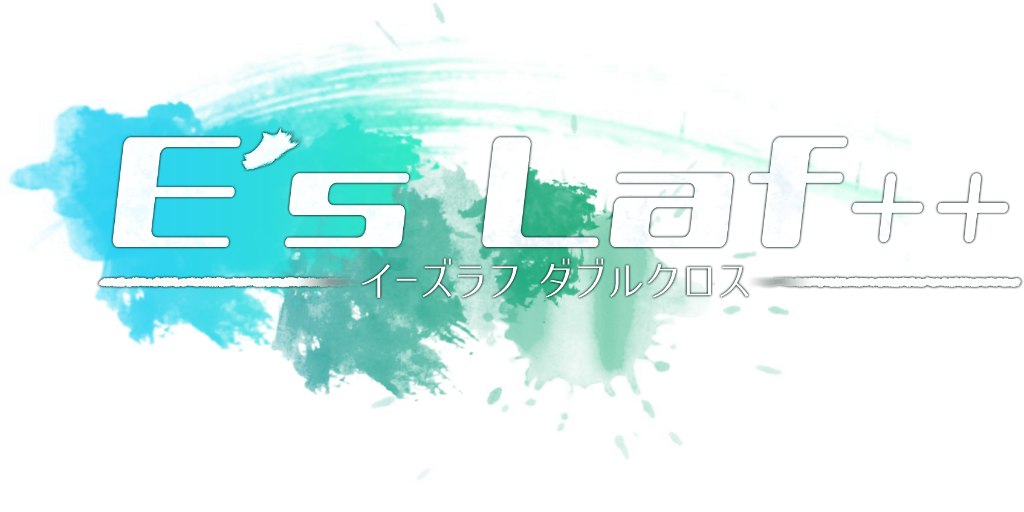
E's Laf++
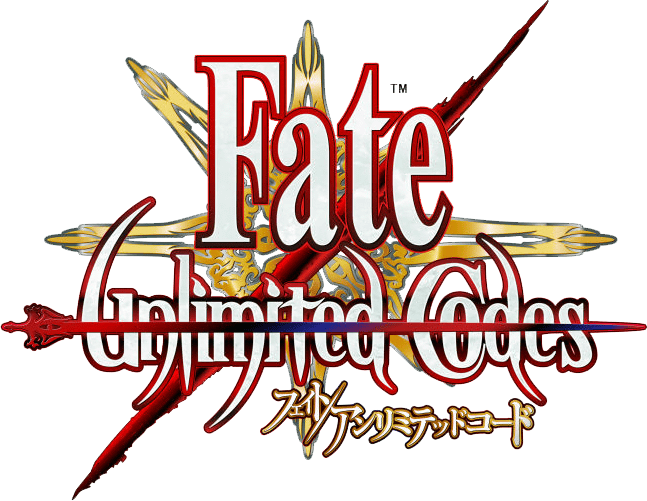
Fate/unlimited codes

Fighter's History Dynamite: Karnov's Revenge
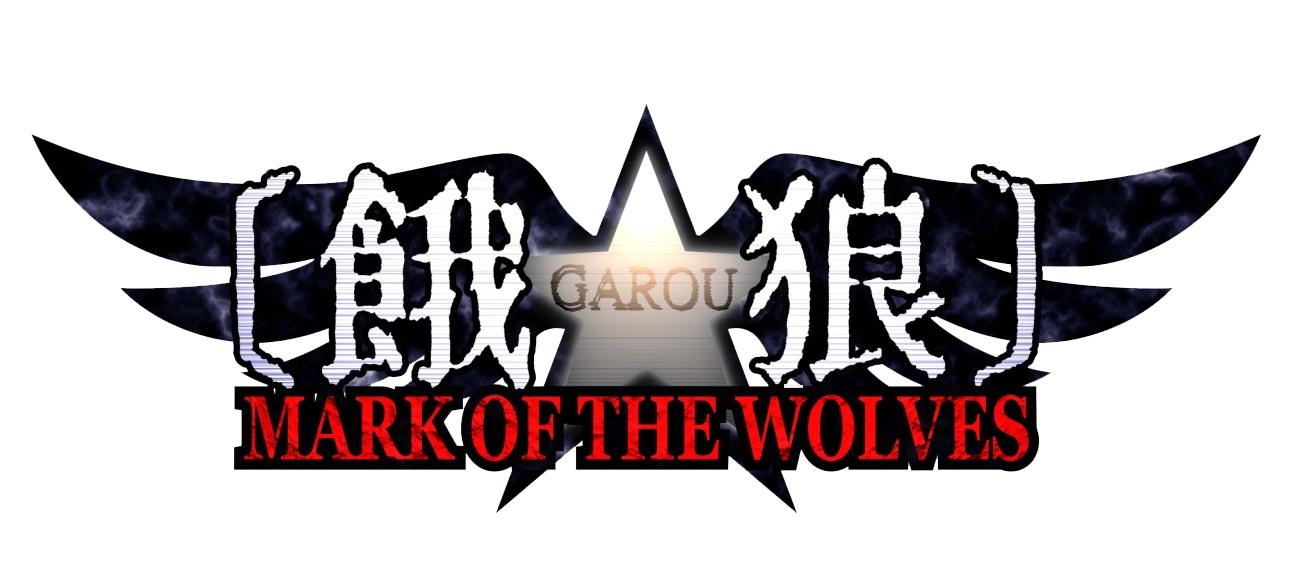
Garou: Mark of the Wolves

Idol Showdown
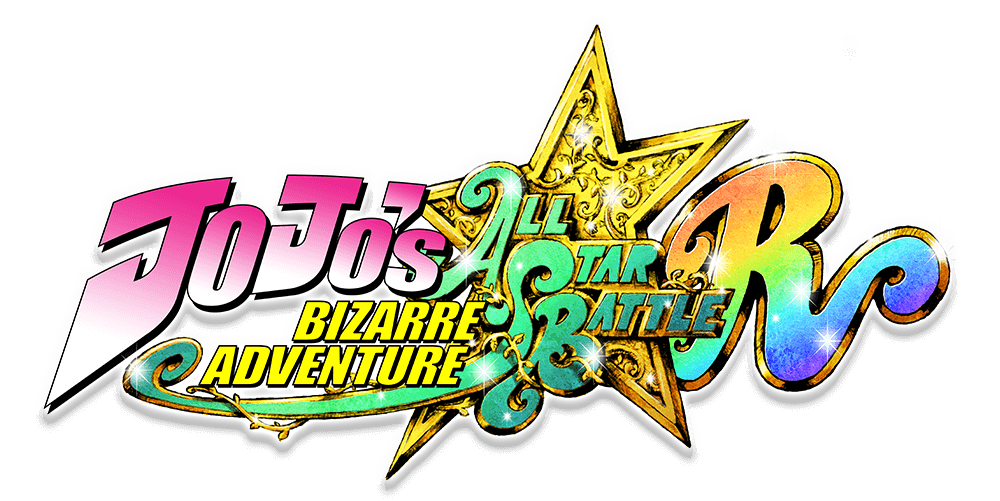
JoJo's Bizarre Adventure: All Star Battle R
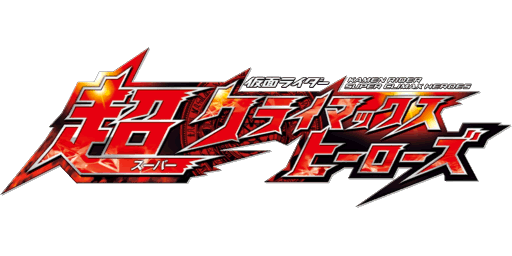
Kamen Rider Super Climax Heroes
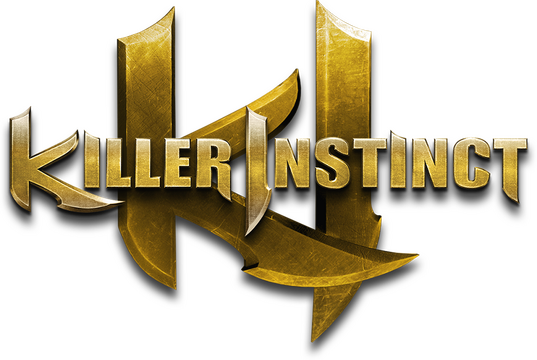
Killer Instinct
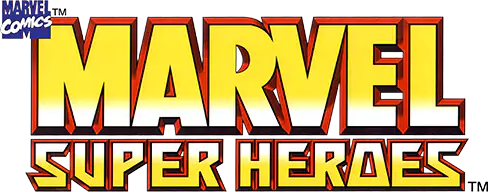
Marvel Super Heroes
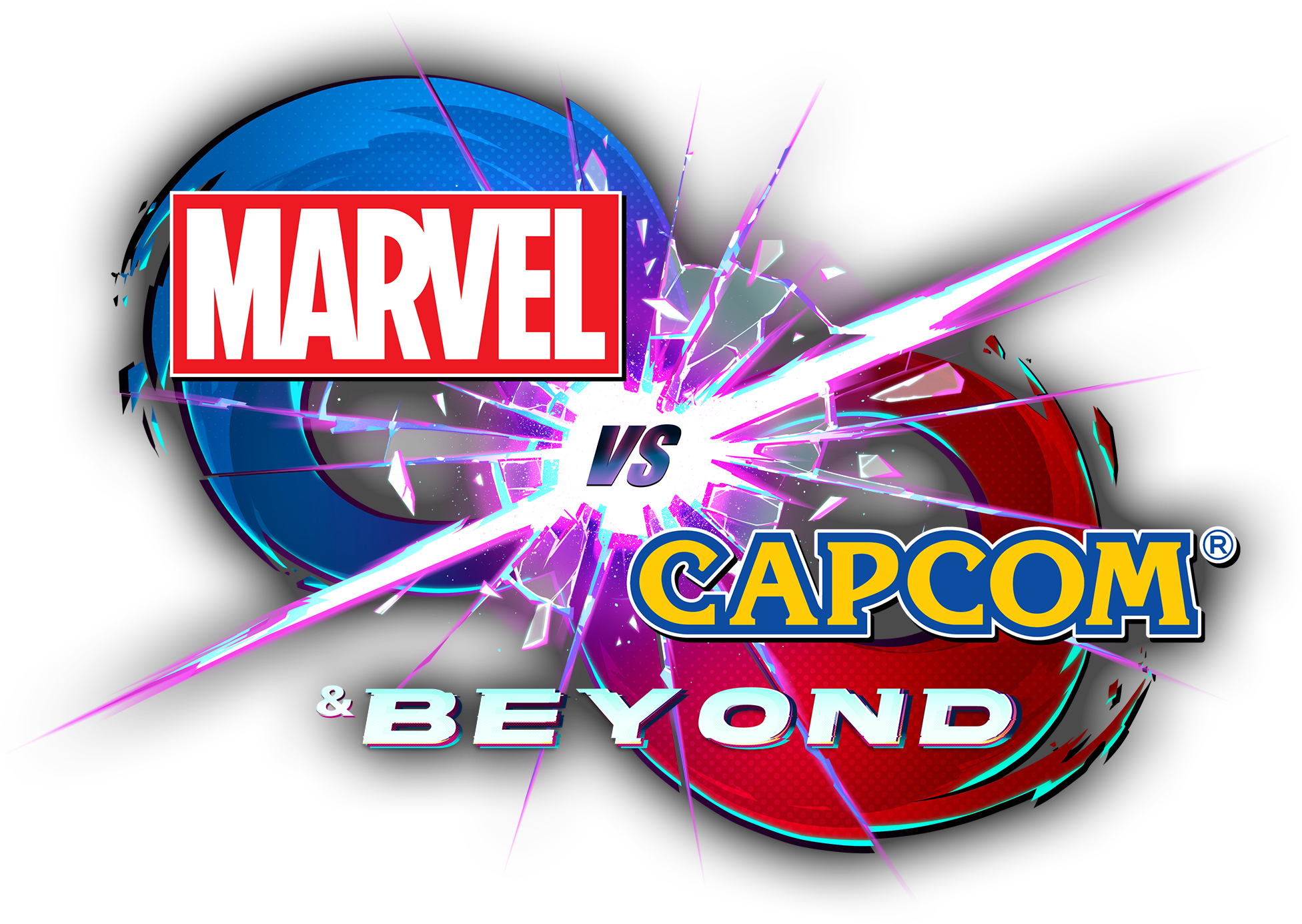
Marvel vs. Capcom: Infinite & Beyond

Neo Turf Masters

Nickelodeon All-Star Brawl 2
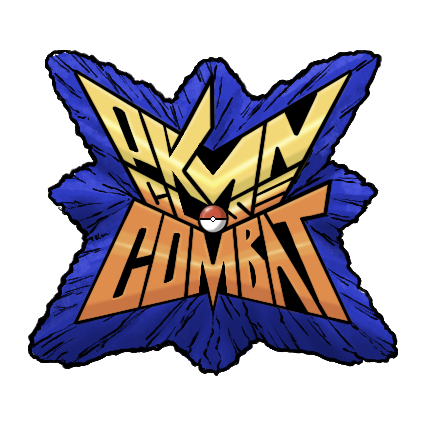
Pokemon Close Combat

Pokemon Puzzle League
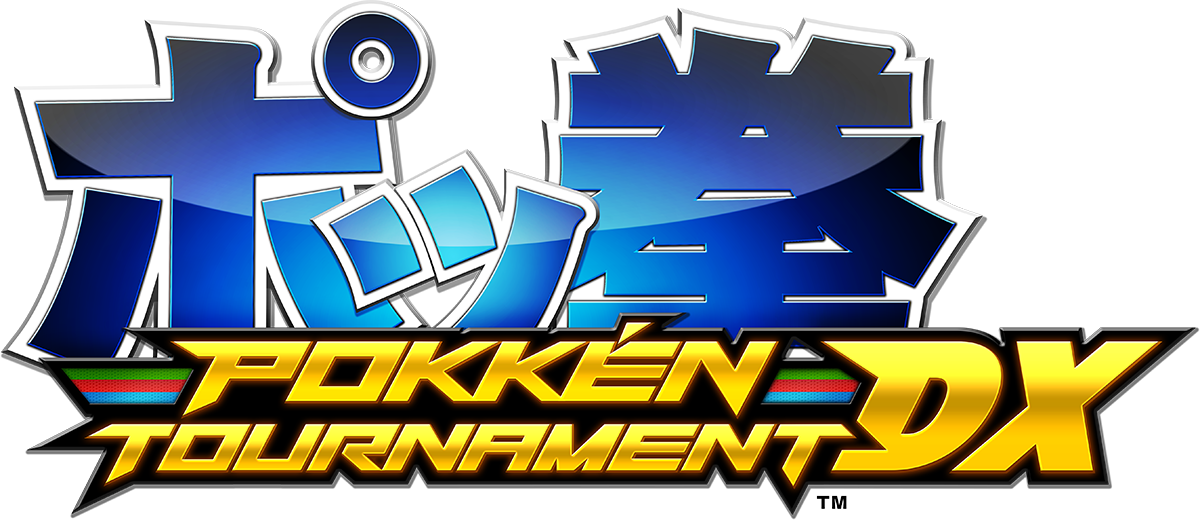
Pokken Tournament DX
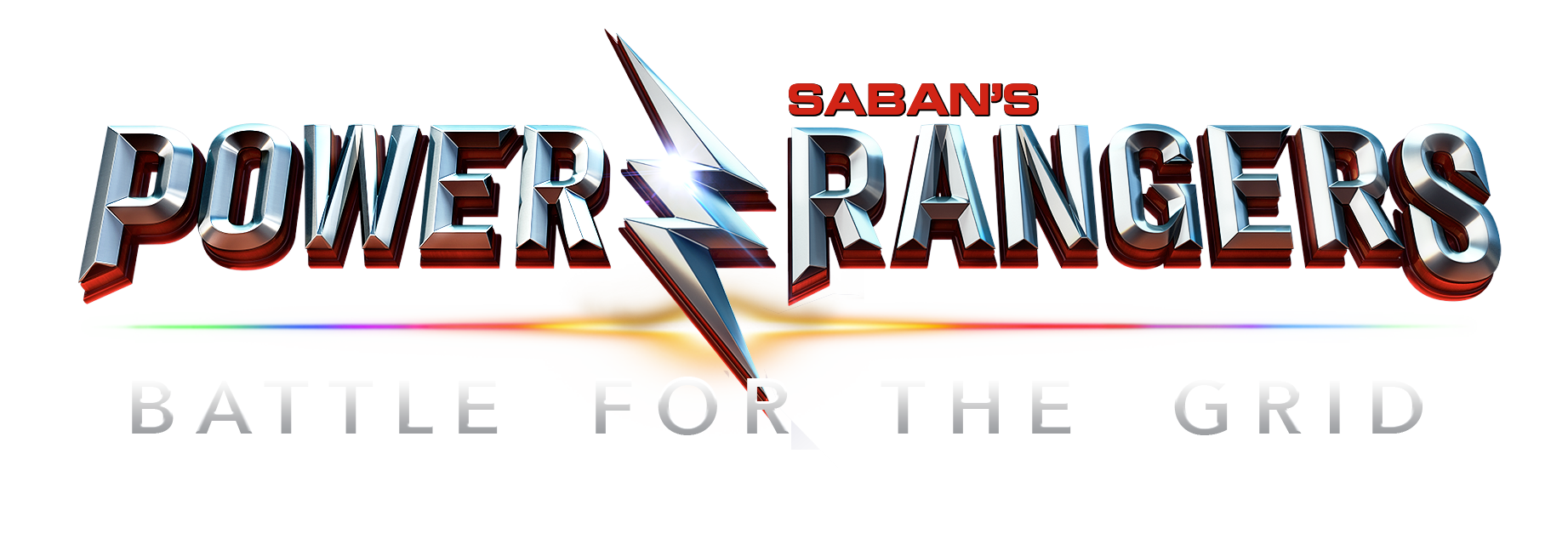
Power Rangers: Battle for the Grid

Puyo Puyo Tetris 2

Puzzle Wednesday's PSX Puzzle Panic
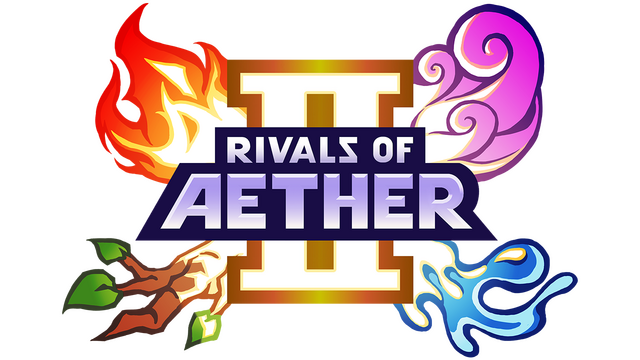
Rivals of Aether 2 Doubles

Sailor Moon S

Samurai Shodown
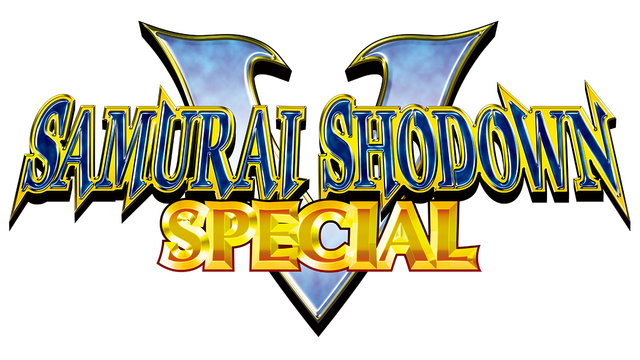
Samurai Shodown V Special
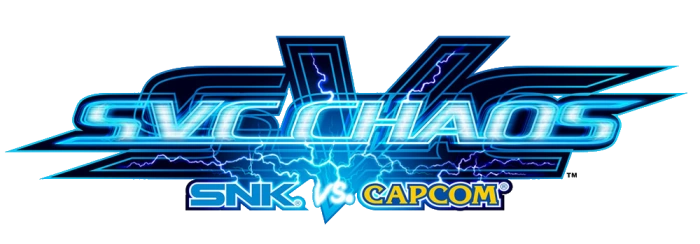
SNK vs. Capcom SVC Chaos
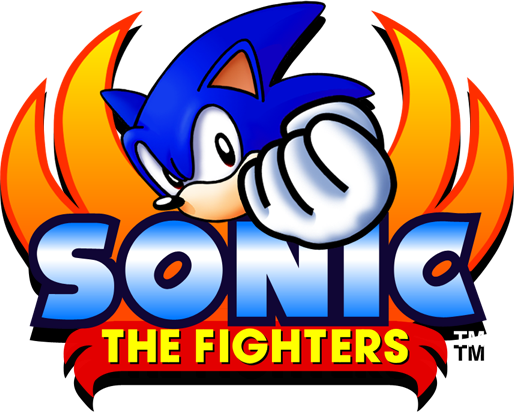
Sonic The Fighters
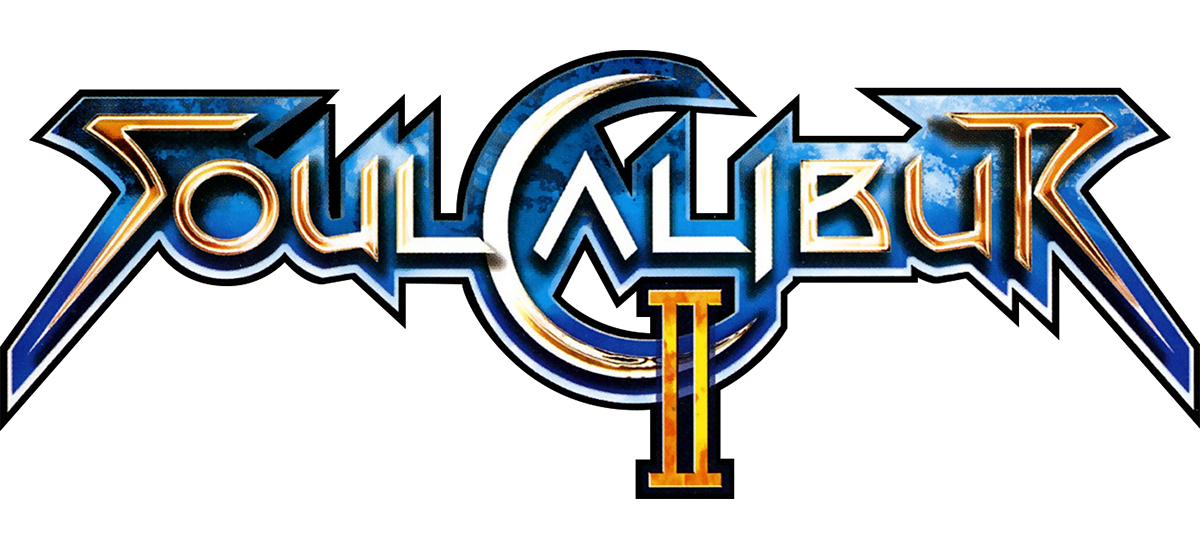
Soulcalibur II
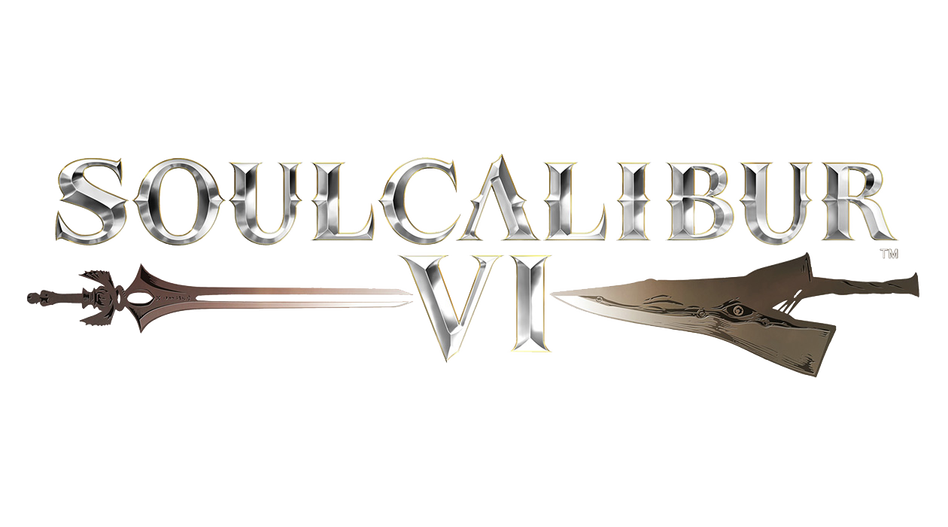
Soulcalibur VI
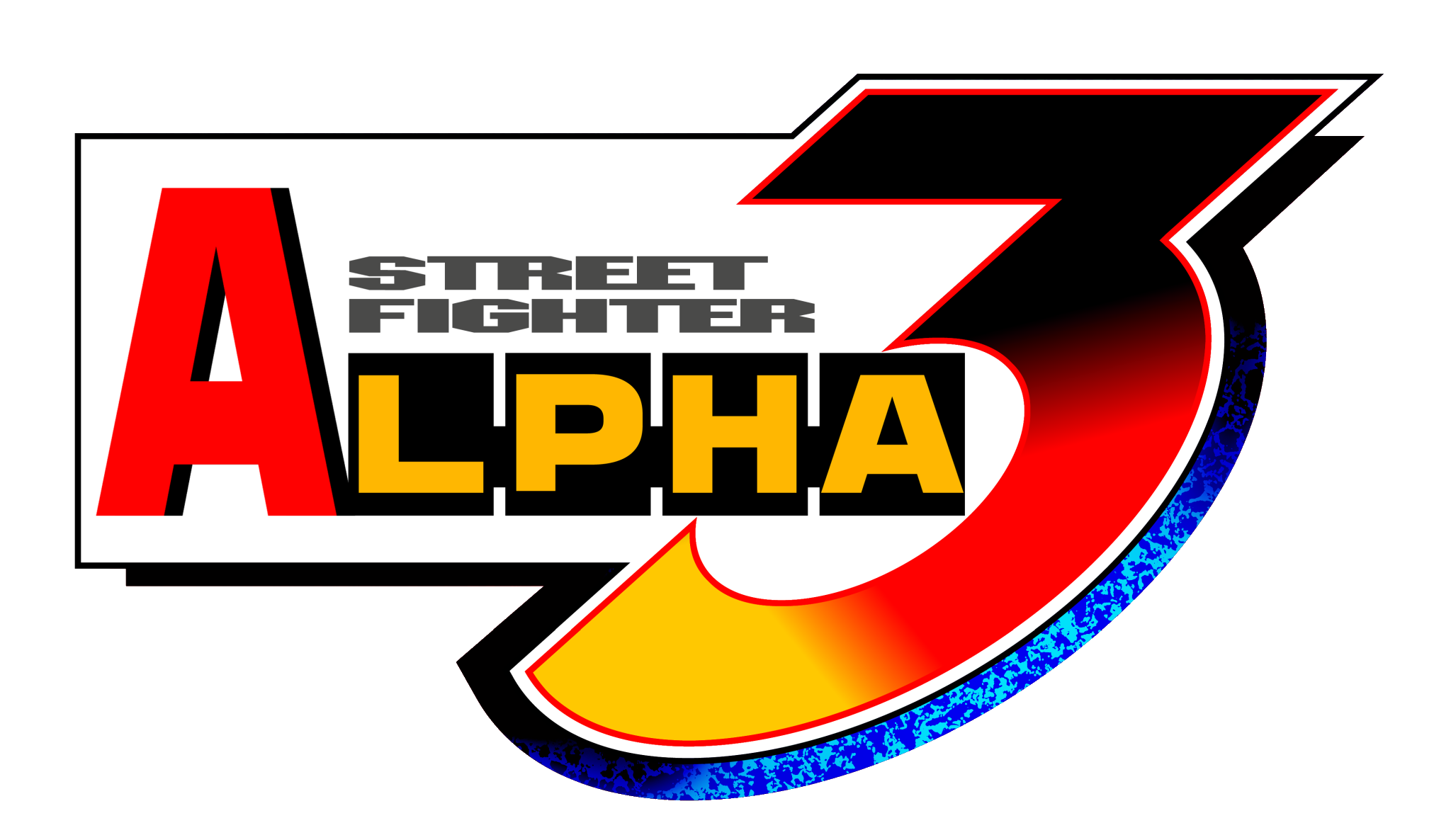
Street Fighter Alpha 3
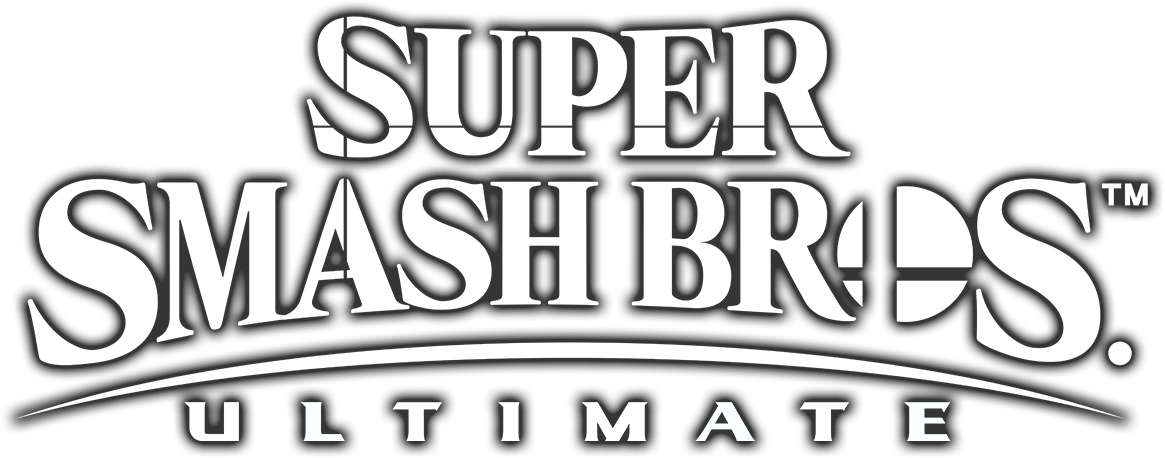
Super Smash Bros. Ultimate Doubles
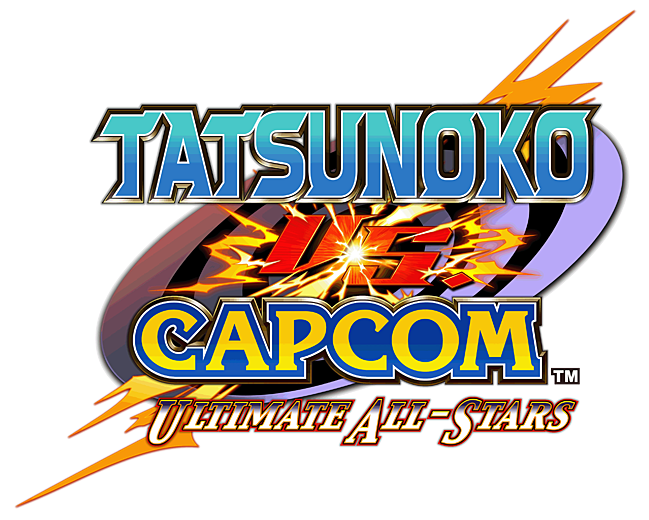
Tatsunoko vs. Capcom Ultimate All-Stars
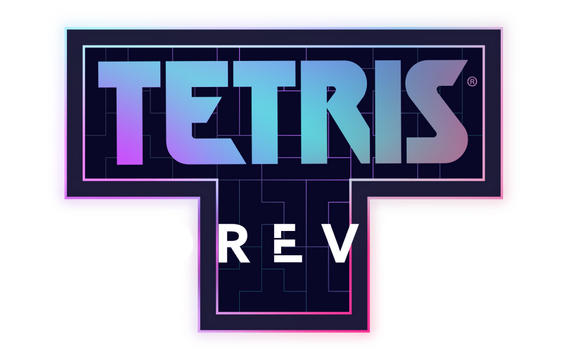
Tetris Forever
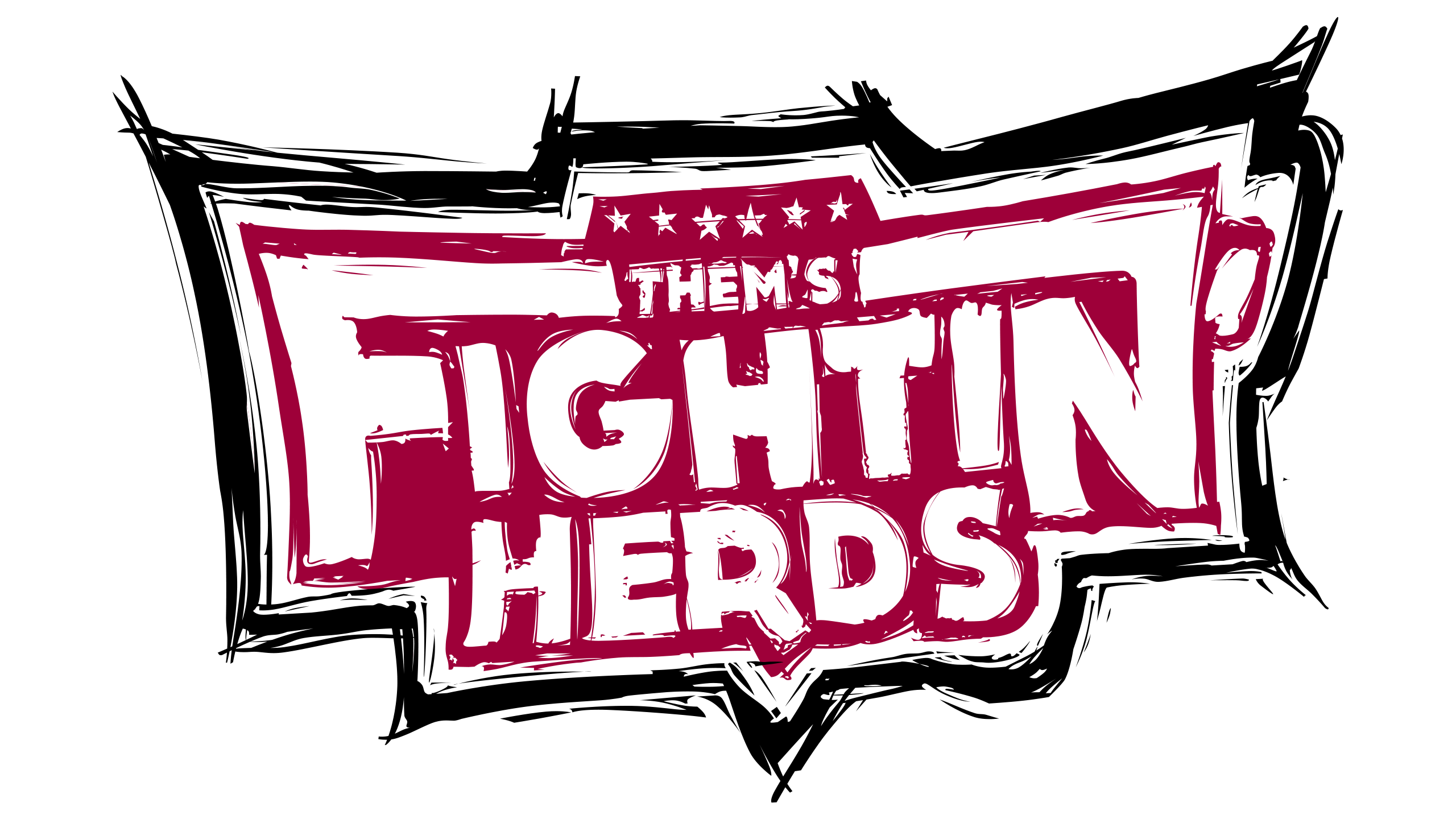
Them's Fightin' Herds
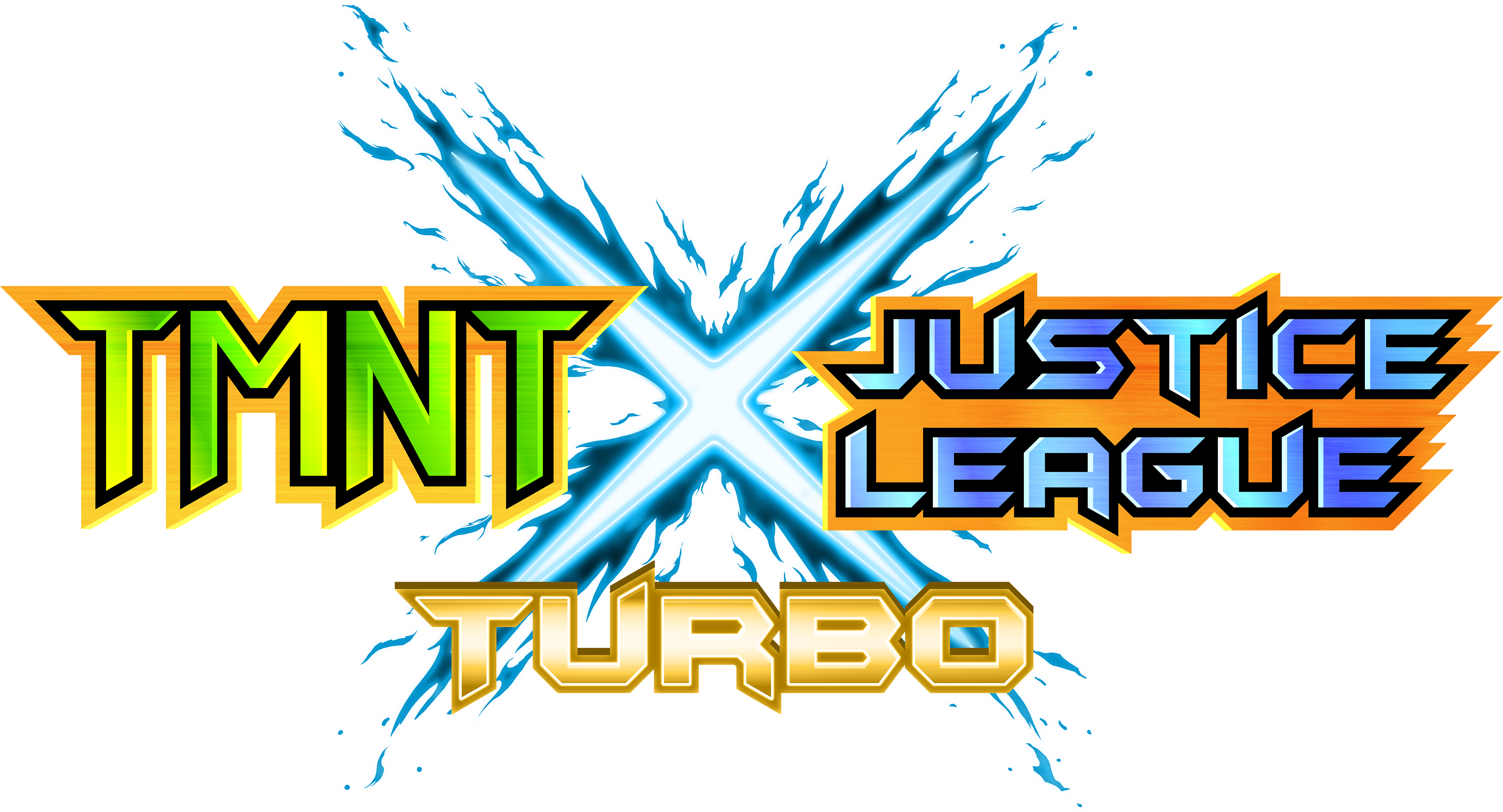
TMNT x Justice League Turbo
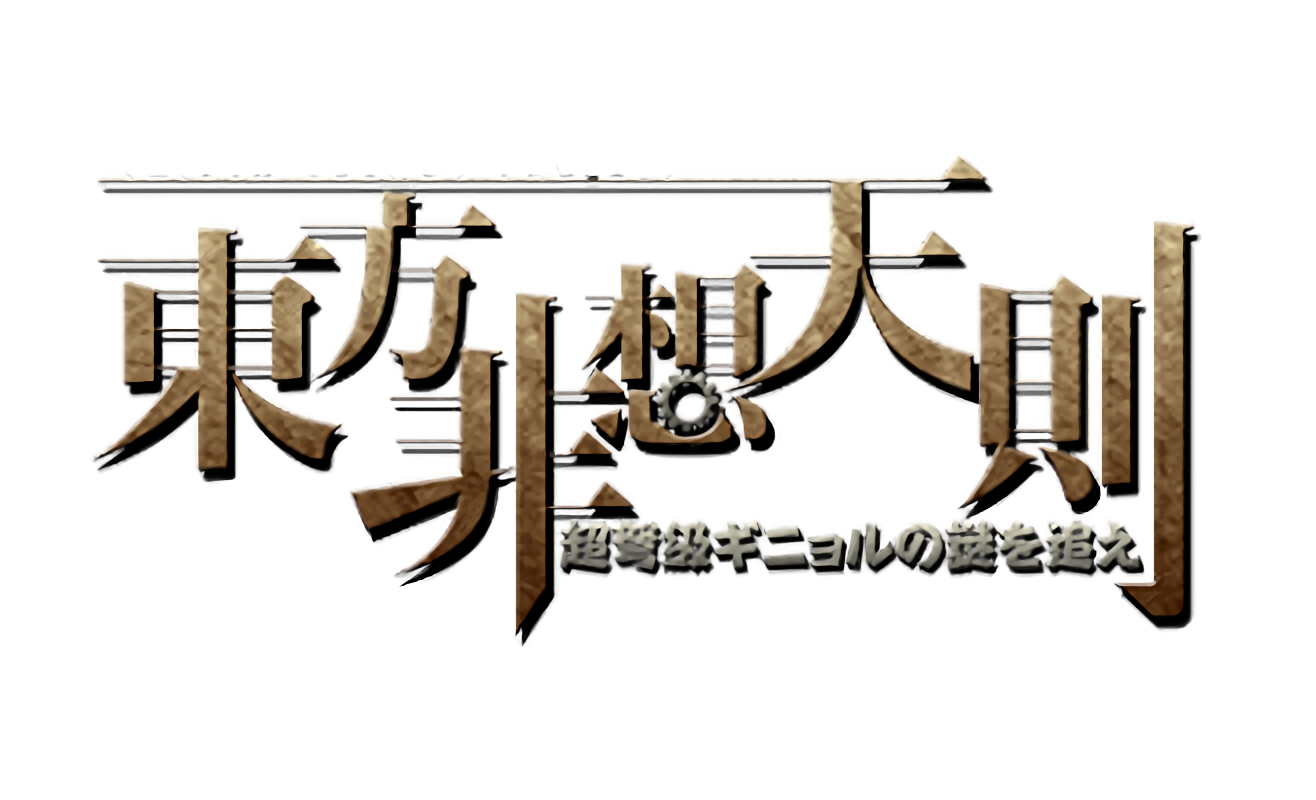
Touhou 12.3 Hisoutensoku

Twinkle Star Sprites

Ultra Fight Da ! Kyanta 2
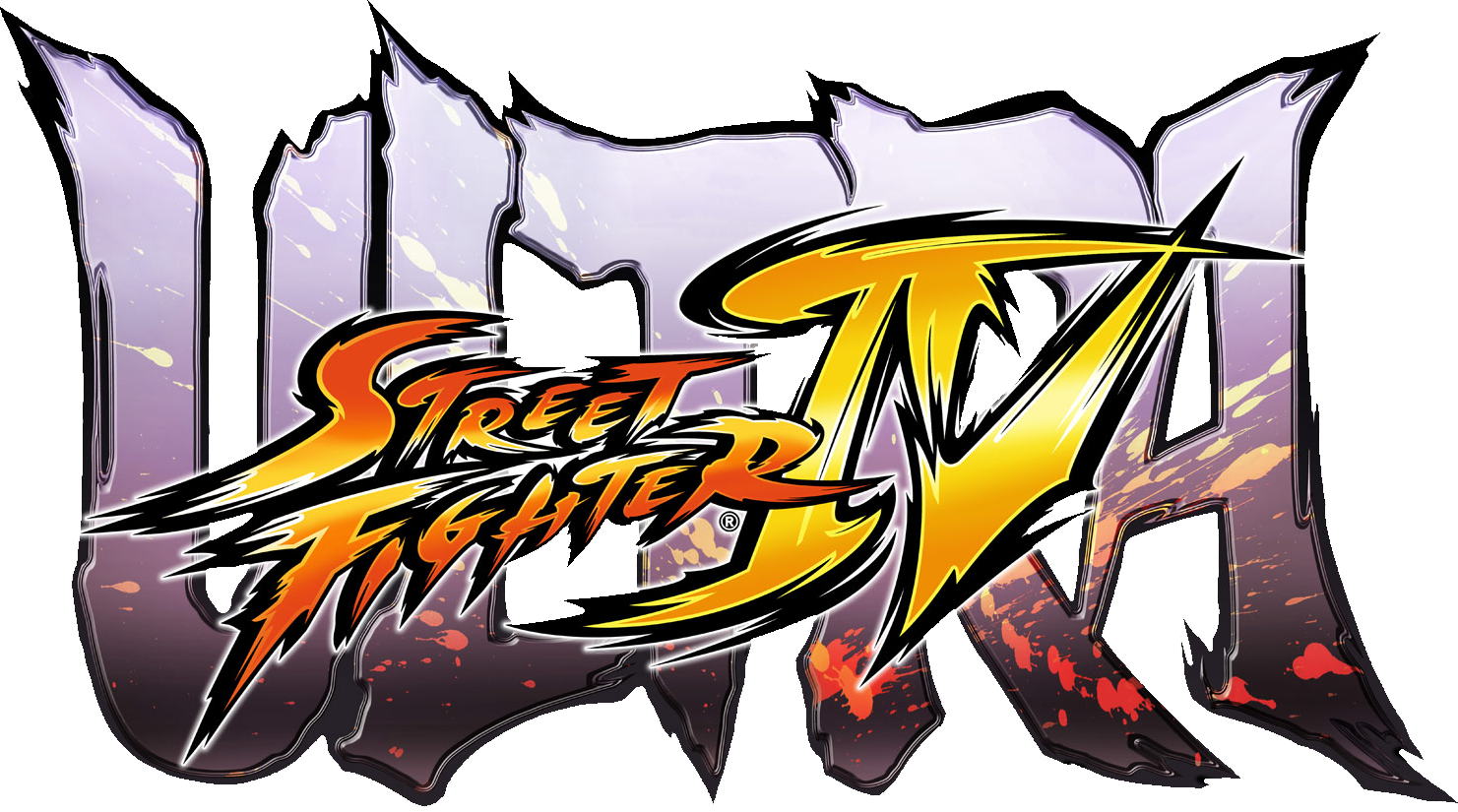
Ultra Street Fighter IV
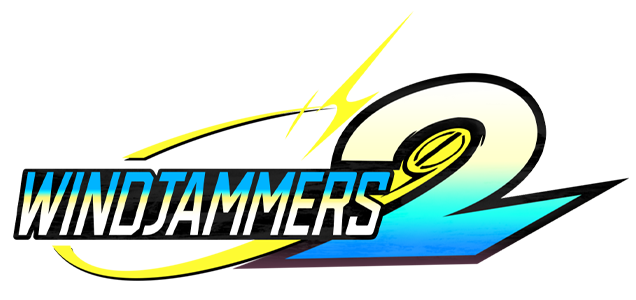
Windjammers 2

Wonderful World
AVG2

ABKAA

AP

ASUKA

BBTAG

CVS2

CCNSOC

CBOTS

DOA6

DFCI

DNFD

EL2

FUC

FHD

MOTW

IDOLS

JJBAASBR

KRSCH

KI

MSH

MVCIB

NTM

NASB2

PCC

PPL

POKKEN

PRBFTG

PPT2

PUZZLE

ROA2

SMS

SS7

SSVSP

SVC

STF

SC2

SCVI

SFA3

SSBU

TVC

TETF

TFH

TMNTXJLT

SOKU

TSS

UFDK

USF4

WJ2

WW


Pick up all-new designs debuting for Frosty Faustings XVII and a returning cast of fan favorites on our high-quality shirts and premium stickers.
Shipping internationally with all-new colorways and designs!

Vortex Gallery is a series run through the collaboration of volunteer organizers, streamers, moderators, and commentators at major events in North America and online.
